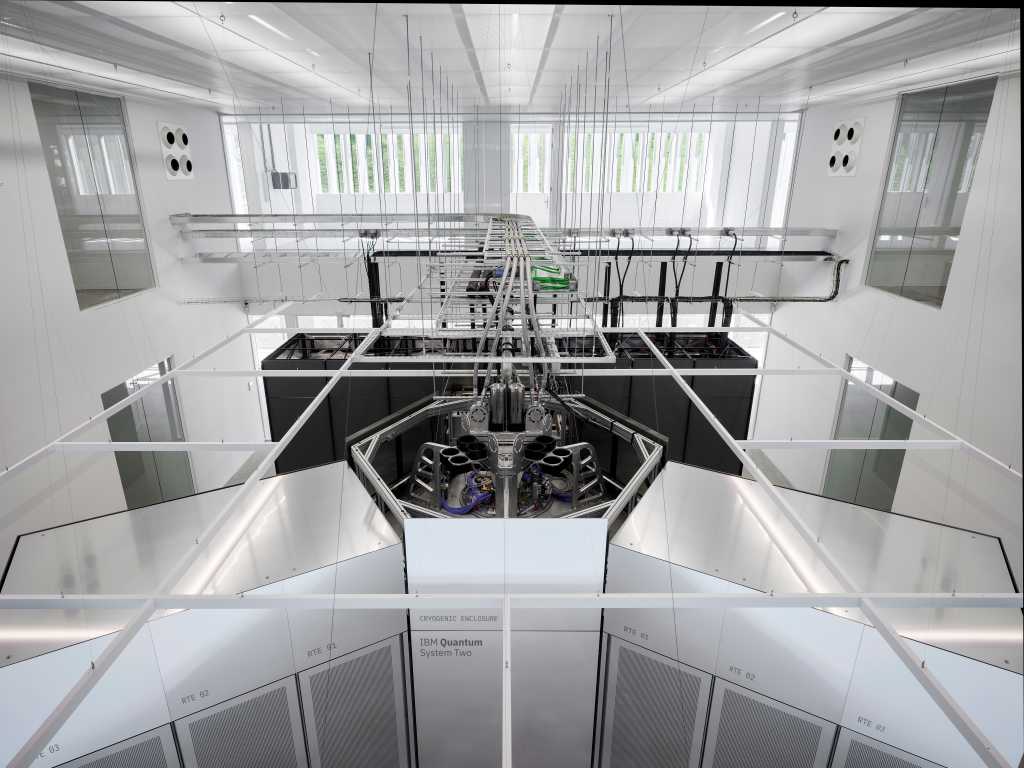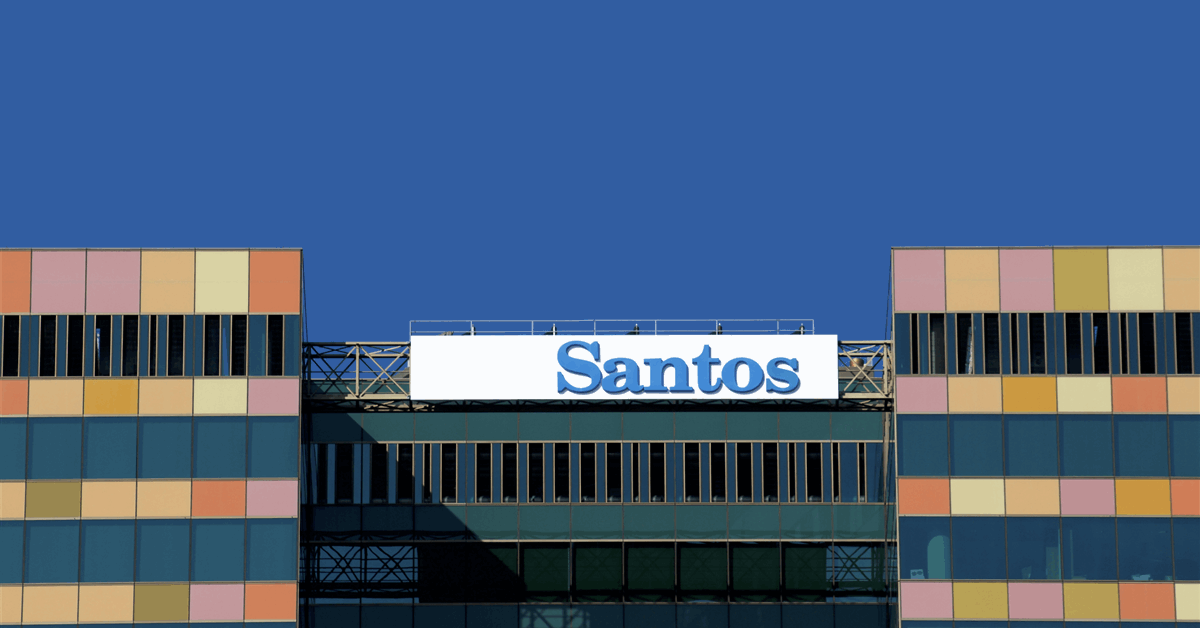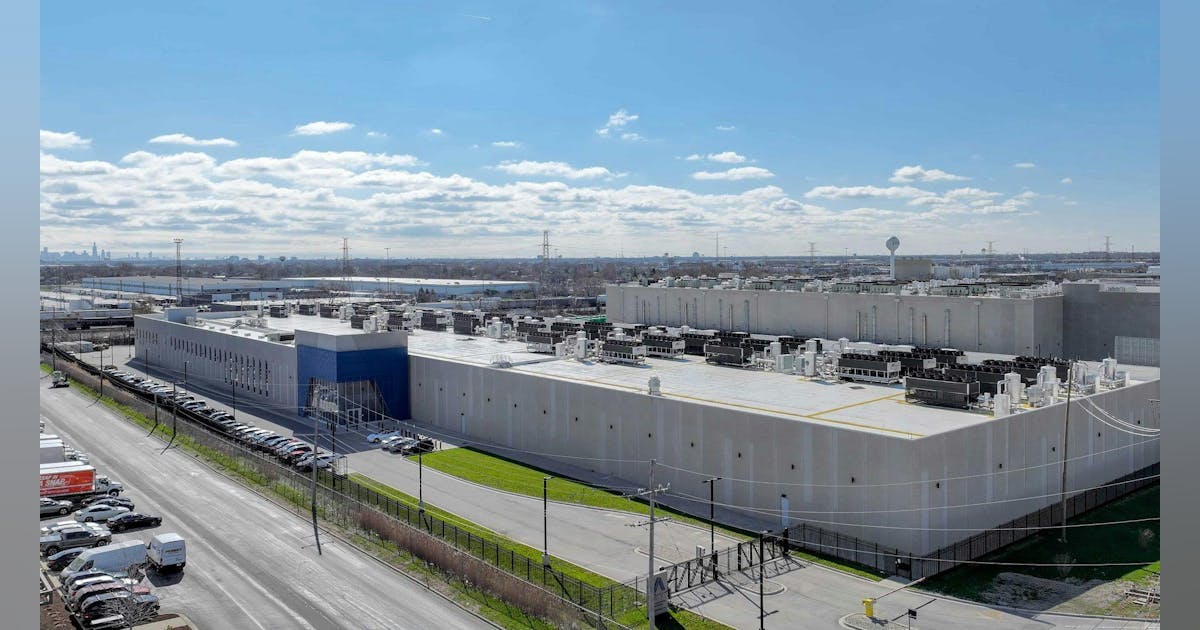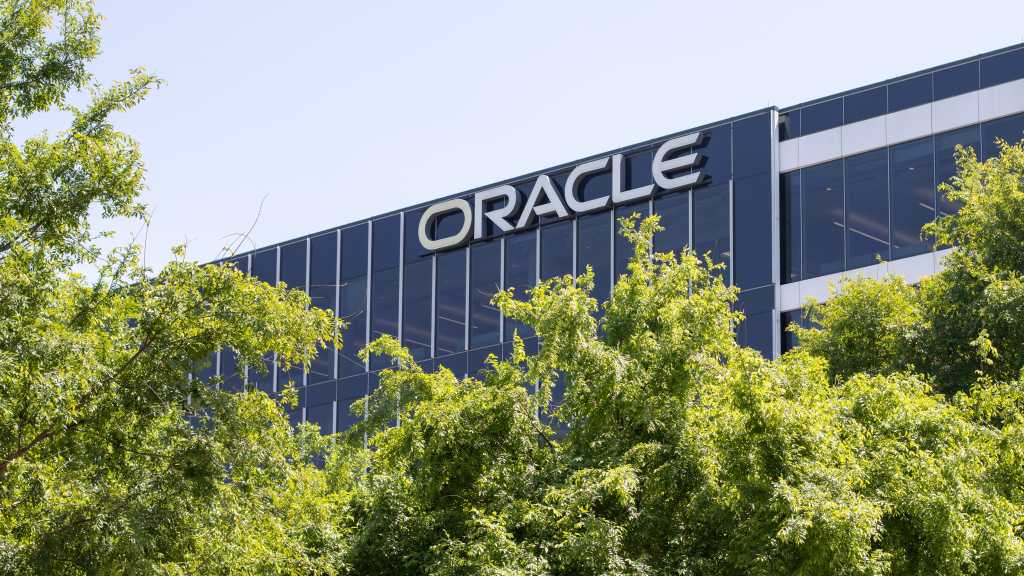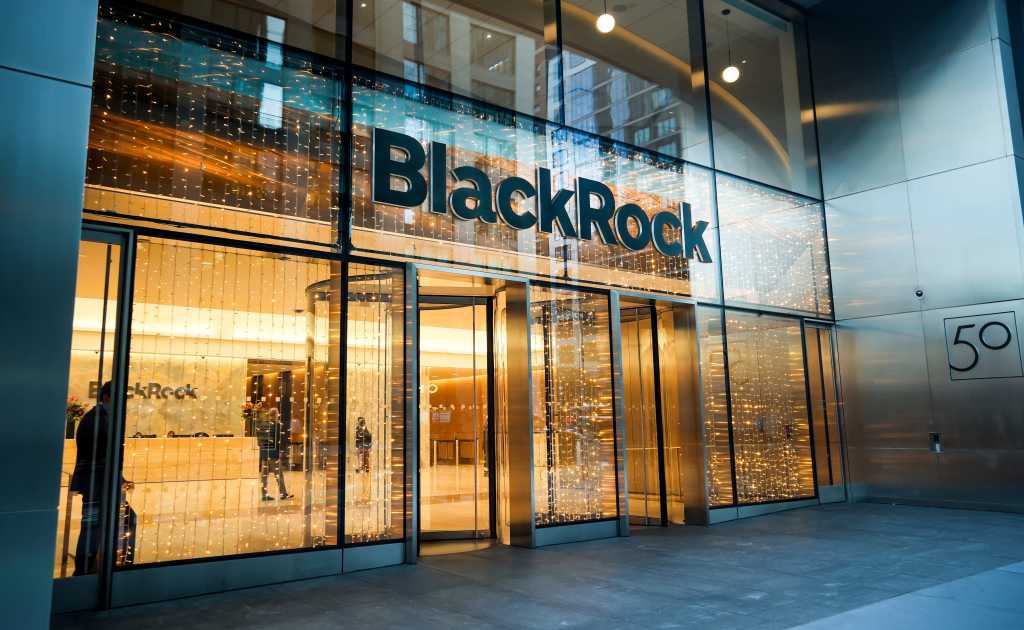
Everest Group partner Yugal Joshi said, “CIOs are under significant pressure to clearly define their data center strategy beyond traditional one-off leases. Given most of the capacity is built and delivered by fewer players, CIOs need to prepare for a higher-price market with limited negotiation power.”
The numbers bear this out. Global data center costs rose to $217.30 per kilowatt per month in the first quarter of 2025, with major markets seeing increases of 17-18% year-over-year, according to CBRE. Those prices are at levels last seen in 2011-2012, and analysts expect them to remain elevated.
Gogia said, “The combination of AI demand, energy scarcity, and environmental regulation has permanently rewritten the economics of running workloads. Prices that once looked extraordinary have now become baseline.”
Hyperscalers get first dibs
The consolidation problem is compounded by the way capacity is being allocated. North America’s data center vacancy rate fell to 1.6% in the first half of 2025, with Northern Virginia posting just 0.76%, according to CBRE Research. More troubling for enterprises: 74.3% of capacity currently under construction is already preleased, primarily to cloud and AI providers.
“The global compute market is no longer governed by open supply and demand,” Gogia said. “It is increasingly shaped by pre-emptive control. Hyperscalers and AI majors are reserving capacity years in advance, often before the first trench for power is dug. This has quietly created a two-tier world: one in which large players guarantee their future and everyone else competes for what remains.”
That dynamic forces enterprises into longer planning cycles. “CIOs must forecast their infrastructure requirements with the same precision they apply to financial budgets and talent pipelines,” Gogia said. “The planning horizon must stretch to three or even five years.”



